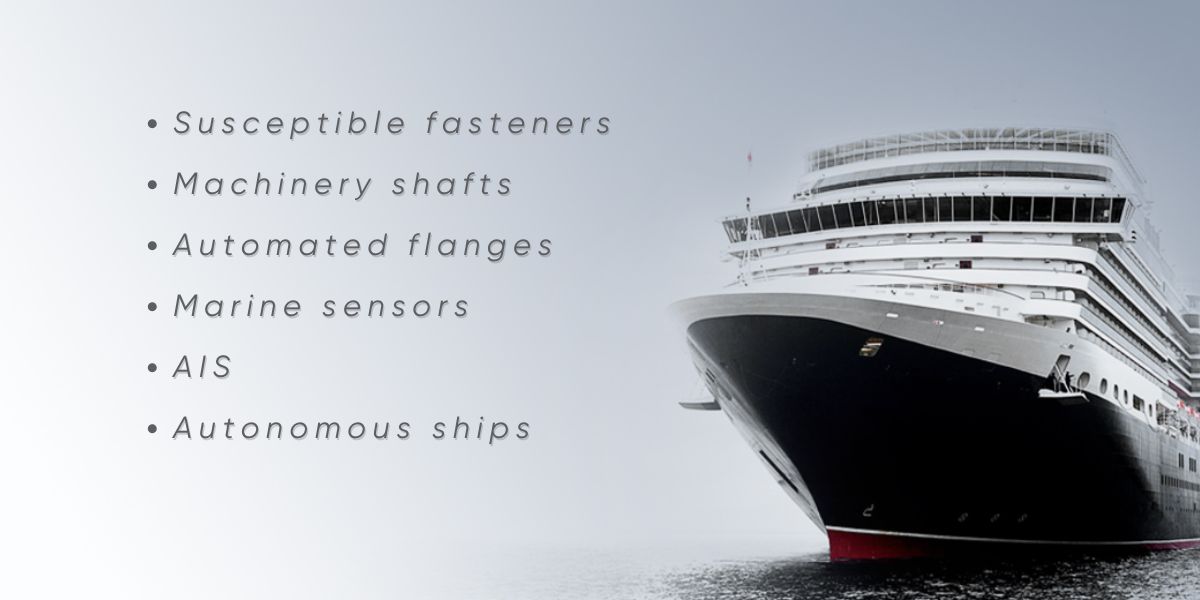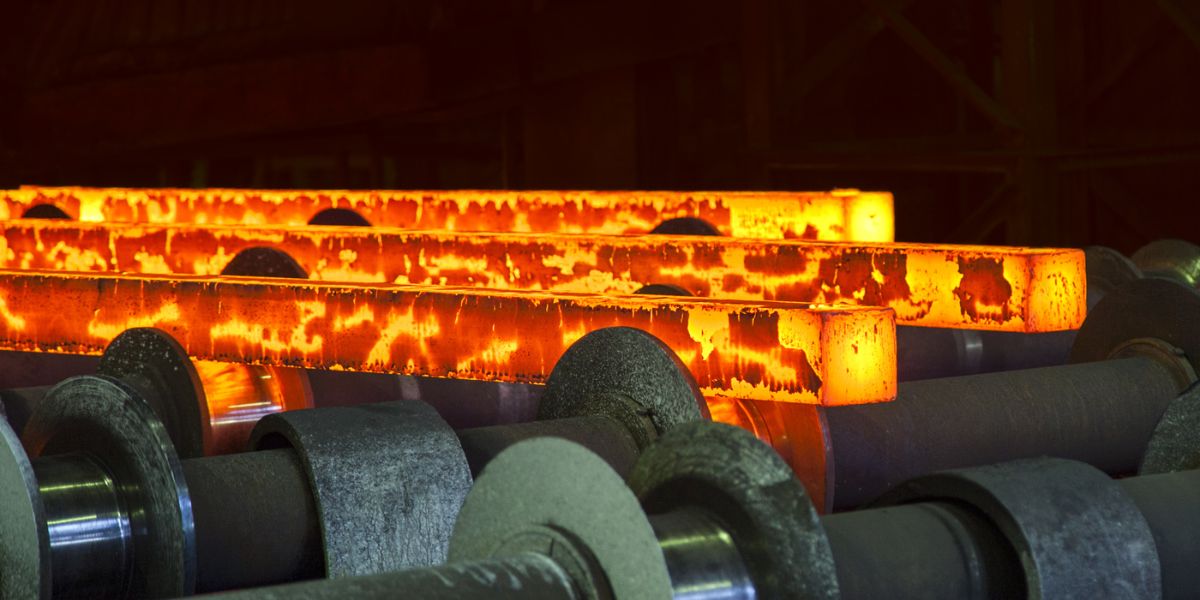Introducing Decisive Automated Systems And Components Of The Marine Industry
Modern automation technology has revolutionized the contemporary marine industry. It has enabled marine systems to regulate and manage processes and shipboard systems. With the emergence of advanced technologies, especially computer software, human-machine interfaces, PLCs (Programmable Logic Controllers), and sensors, complicated marine tasks have been simplified.
Further, this blog will teach you about all the automated systems and components revolutionizing the marine industry with leaps and bounds.
Main Precision Components Of The Marine Industry
Are you looking for something that can meet stringent marine conditions? Well, you have to learn about some of the most distinctive components of the shipping industry.
Susceptible Fasteners
They are also known as high-tensile fasteners. Studs, nuts, and bolts are mostly included within this component category. They are used to secure equipment, machinery, and structural components. They can easily withstand higher pulls and vibrations without deforming or breaking.
Machinery Shafts And Automated Flanges
These deserve a special place in the modern automated shipping industry. These components predominantly control machinery installations and propulsion systems. Machinery shafts and flanges can withstand corrosion, vibrations, and high loads to ensure perfect material selection and maintain critical factors of machinery accuracy, such as manufacture and design.
Marine Sensors
These automated sensors monitor ship performance, explosive hazards, underwater mapping, underwater targets, offshore production, drilling and exploration, and aquatic ecosystems. To regulate maritime conditions, extensive electronic and physical testing (especially vibration) is conducted with these sensors.
AIS
This upgraded positioning system uses hi-tech VSH transceivers, GPS receivers, and other essential electronic navigator sensors to monitor and track vessel movements. This short-range coastal tracker offers information about distressed ships to the coastal authorities or other nearby ships.
Autonomous Ships
These are particular kinds of vessels equipped with the power of AI and sensor-fusion technology. They help to make proper decisions based on real-time data and situations. They are popularly named MASS (Maritime Autonomous Surface Ships). The best part is that they can be remotely controlled and monitored without human intervention. Other vital components include automated couplings, gears, seals and bearings, TSS, Hydraulic detection meter, cargo computers, ERPAMS, watch and bridge alarm, UTS, pressure transmitter, UMF, and many more. All these components are highly corrosion-resistant and durable.

A Comprehensive Discourse About The Marine Industry’s Automation Systems
Components of marine automation have automated varied tasks related to onboard vessels and ships. They have improved many shipboard operations to ensure overall performance, efficiency, and safety. They have streamlined operations to minimize downtime and increase productivity. They can detect real-time hazards like equipment malfunctions, collisions, and other accidents. Let’s have a look at the potential ones.
Alarm And Safety Systems
These systems have been introduced in the marine industry to prevent the frequency of unwanted accidents. They are typically considered hazard indicators. During emergencies, they send prompt responses to the concerned authority, which prevents the destruction of property and human life. They mitigate hazards by detecting fire, gas spread, and suppression system malfunctions. Emergency shutdown is implemented to avoid destruction.
Positioning And Navigation
Automation enhances navigation reliability and accuracy. In this case, the GPS is fairly integrated with dynamic positioning, autopilot, and an electronic chart display system. This integration provides accurate collision avoidance, route planning, and vessel positioning. Advanced communication systems Only advanced communication systems can ensure productive and safe marine activities. Automated communication has facilitated the assimilation of GMDSS (Global Maritime Distress and Safety System), AIS (Automatic Identification System), radar, and satellite communication systems. This integration has expedited the uninterrupted exchange of information between shore-based facilities and vessels.
Propulsion Systems
These systems have greatly upgraded modern vessel functions. Their automation dexterity has optimized both fuel efficiency and performance. The automated control systems are impressive as they can easily adjust propeller pitch and engine speed based on external conditions and operational needs.
Machinery Monitoring
With advanced automation technology, onboard ships’ machinery can now be effectively monitored and regulated. High-tech monitoring systems use sensors to acquire relevant data based on parameters like lubrication, vibration, pressure, and temperature. These sensors not only enable early fault detection but also help to predict maintenance.
Control Systems
The whole marine industry depends on these automated systems. They handle vital aspects like controllers, actuators, and sensors to maintain navigation, steering, propulsion, fuel consumption, and engine speed parameters.
Energy Management
Automation has recently reduced the energy consumption of onboard vessels, which has gifted the industry with environmental sustainability. Energy optimization, using renewable energy sources like wind turbines and solar panels, has automatically reduced overall expenses. Energy management has also helped control and monitor power utilization, distribution, and generation.
Cargo Management
Cargo operations are the most challenging tasks in the shipping industry. In this case, the storage, loading, and unloading processes need to be streamlined properly to achieve effective cargo management. Automation handles this streamlining task by employing specialized automated cargo equipment, conveyors, and mechanical cranes. These high-tech machineries have improved efficiency and minimized overall processing times in terminals and ports.
Hopefully, you find the above components quite beneficial for the shipping industry. They have recently reduced the human resource requirement, resulting in cost minimization. Marine system-oriented functions have become more accurate and have eliminated unwanted errors. Computerization has cut the recording hassle, ensuring data protection.
Final Thoughts
Robotic Process Automation, Business Process Automation, Digital Process Automation, and Intelligent Process Automation are the four significant types of automation in the modern shipping industry. You need to understand every kind’s characteristics, demerits, and merits to select the one needed for your purpose. You should choose the one that is both economical and efficient. These automation processes can easily tackle standard industry barriers, and brilliant ship architecture can also be maintained.
You must get high-quality components if you want higher reliability and maximum safety. Quality components can be obtained only from trustworthy precision components manufacturers or dealers. In this respect, Bhansali Techno components deserve special mention. You must always pick components according to industry standards; otherwise, you will not be able to satisfy customers’ needs.
Make sure that the components have passed through rigorous testing during the manufacturing process, as this indicates 100% quality. In the future, great teamwork among technology providers, shipbuilders, and component manufacturers will undoubtedly drive further advancements and innovation, tailoring a bright future for the automated maritime industry.





